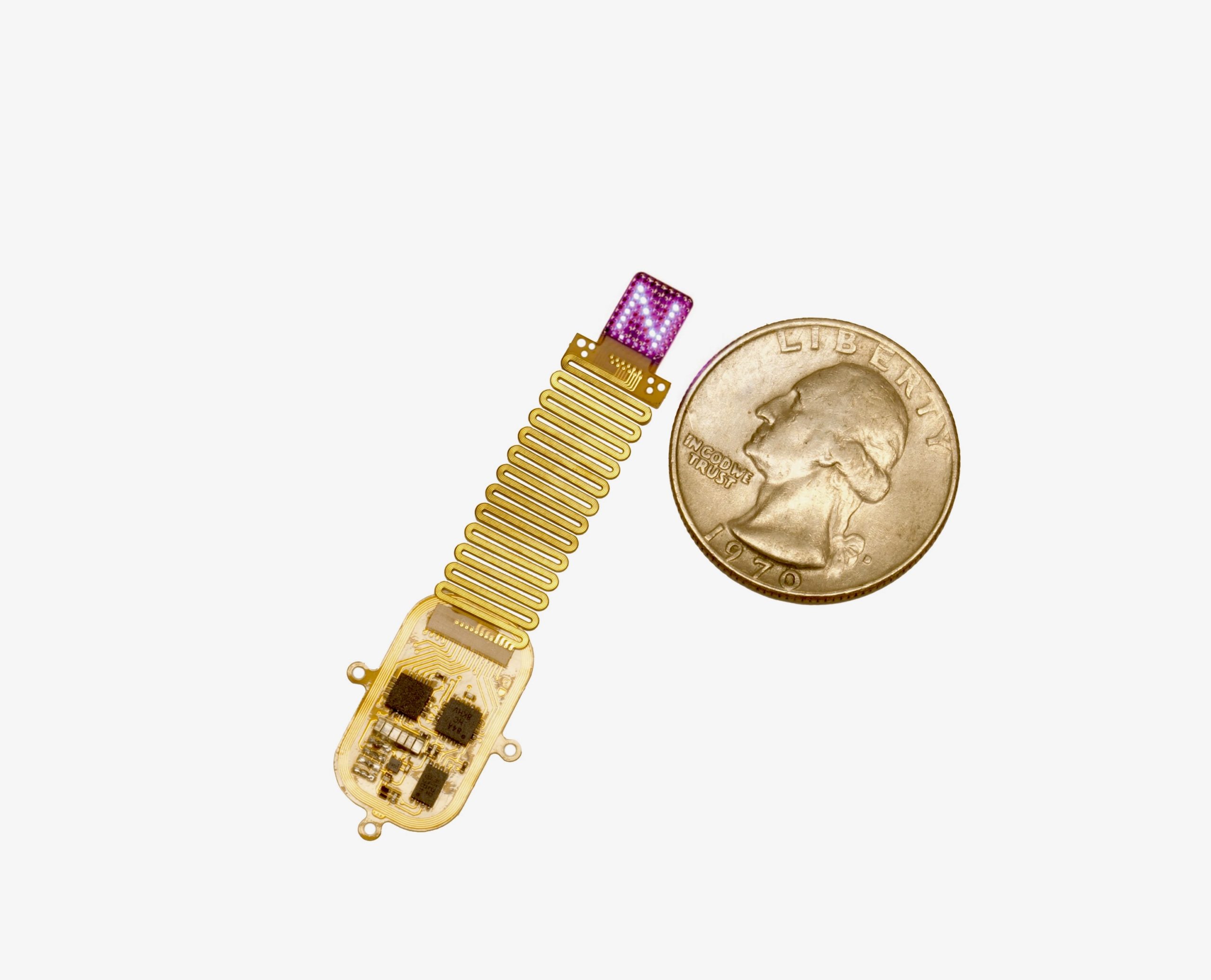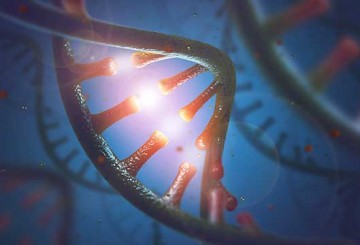
A new Northwestern Medicine study found important differences in rare skin lymphomas stemming from the specific cell of origin and clinical presentations, according to findings published in Nature Communications.
Patients with cancers derived from VD2 gamma T-cells had poorer outcomes and more complications when compared to patients with cancer from VD1 gamma T-cells, providing a framework for differential diagnosis and clinical care, according to Jaehyuk Choi, MD, PhD, the Ruth K. Freinkel, MD, Research Professor in the Department of Dermatology and co-senior author of the study.
“We have a large number of these patients but we didn’t have a framework to diagnose, stage or treat them,” said Choi, who is also an assistant professor of Biochemistry and Molecular Genetics. “This is our attempt to break through that clinical question by bringing personalized medicine to skin lymphomas.”
Most skin lymphomas arise from alpha beta T-cells, the most common T-cell throughout the body. However, a small subset of skin lymphomas form from gamma delta T-cells, a rarer immune cell. These lymphomas are more aggressive and deadlier, but until now specific details about the cancer remained unknown, according to Jay Daniels, a fourth-year student in the Medical Scientist Training Program and co-lead author of the study.

“The mutations that cause the cancer were unknown and there is wide heterogeneity in the clinical manifestation of the disease,” Daniels said.
In the current study, investigators analyzed clinical presentations from 42 patients, and sequenced genetic data from 29 patients with cutaneous gamma delta T-cell lymphoma at several sites, including Northwestern Memorial Hospital.
The scientists found that the skin lesions could be stratified largely into two groups: plaque-like lesions and tumorous lesions, which correlated with the depth of the cancer in the skin (in the upper layers of skin or deeper in the adipose tissue).
“The deeper the cancer, the more likely a patient would have tumor-stage lesions,” said Peter Doukas, a fourth-year medical student and co-lead author of the study.
Patients with deeper tumorous lesions in the adipose tissue often had worse outcomes, including life-threatening side effects such as hemophagocytic lymphohistiocytosis, a systemic inflammatory syndrome mediated by the body’s immune system.
The investigators then used DNA, RNA and T-cell sequencing to identify the cells of origin for the two types of lesions, finding that the lesions in adipose tissue came from VD2 gamma delta T-cells, while the lesions in the upper layers of skin came from VD1 cells.
According to Choi, T-cell receptor sequencing is increasingly being used in diagnosis and prognosis of skin cancer, and identifying the cell of origin could become routine in order to stratify risk and treatment.

“These are clinically actionable biomarkers that will need to be validated across multiple institutions, but I think we can use them to explain why some patients do better, and some patients have these life-threatening syndromes,” Choi said.
In addition, they identified for the first time an indolent disease phenotype that variably displays an aggressive clinical progression. To the investigators, this finding signals the possible need for changing the way gamma delta T-cell lymphomas are officially classified.
Further, the investigators identified several mutational pathways in these lesions that are known to drive other cancers and affect overall survival, including the MAPK mutational pathway. These findings suggest that cutaneous gamma delta T-cell lymphomas may be receptive to genetically targeted treatments already in use for other cancers.
“We might be able to leverage these distinctions to perform more precise therapies,” Choi said.
Joan Guitart, MD, chief of Dermopathology in the Department of Dermatology and a professor of Pathology, was co-senior author of the study, and Barbara Pro, MD, professor of Medicine in the Division of Hematology and Oncology, was a co-author of the study.
Choi, Guitart and Pro are members of the Robert H. Lurie Comprehensive Cancer Center of Northwestern University.
This study was supported in part by the National Institutes of Health (NIH), National Cancer Institute grant K08-CA191019-01A1, NIH Director’s New Innovator Award, 1DP2AI136599-01, the American Cancer Society grant ACS-IRG-15-173-21, a Skin Cancer Foundation Research Grant and the Leukemia Research Foundation New Investigator Grant.






